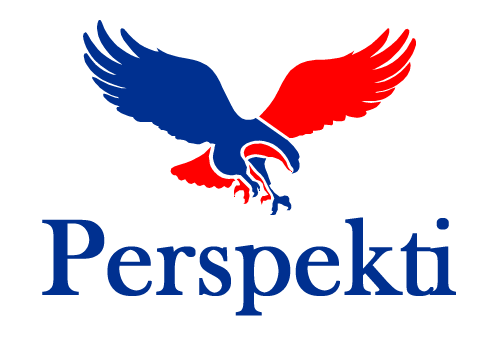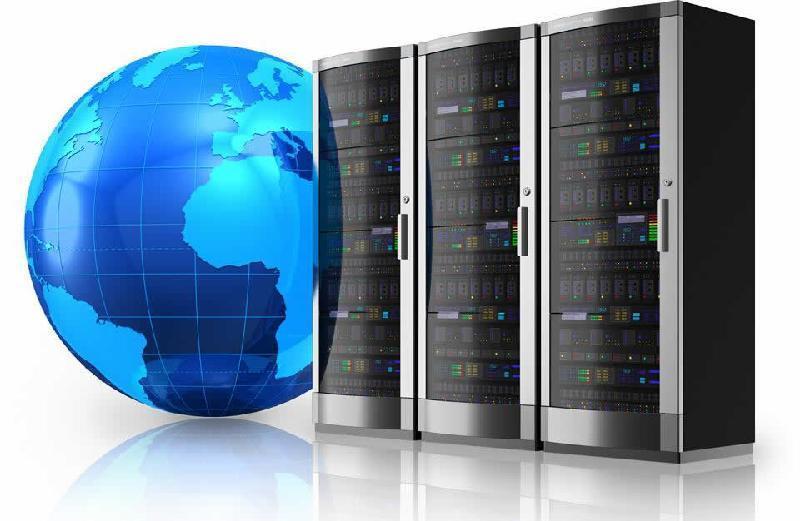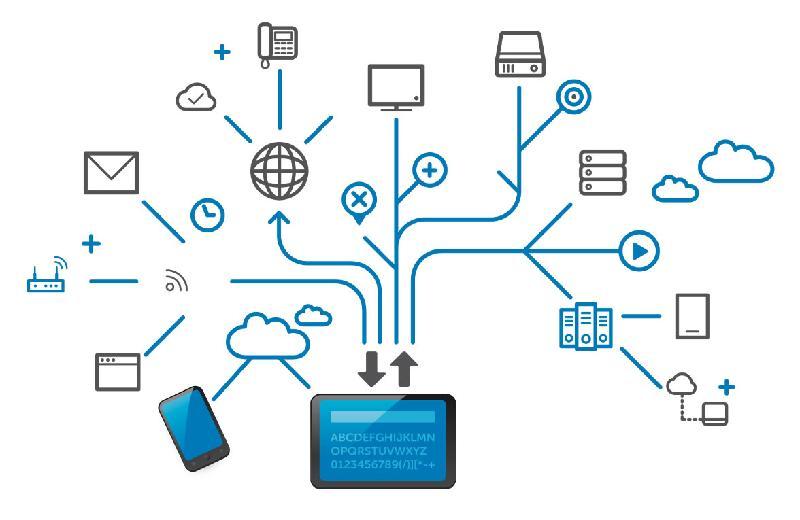The database management system (DBMS) is a database system for creating and managing databases. DBMS offers users and programmers a systematic way to create, retrieve, update, and manage data
Perspekti has a long experience with DBMS in various industry projects and provides services in the field of consulting and implementation of DBMS for various applications. For more information please contact us.
Below is a description of the DBMS with its advantages and disadvantages.
A DBMS enables users to create, read, change, and delete data in a database. DBMS basically serves as a interface between the database and users or application programs, ensuring that the data is organized on a continuous basis and remains easily accessible.
DBMS manages three important things: data, database system that allows data access, blocks and modifications and database schemas, which defines the logical structure of the database. These three basic elements help with competition, security, data integrity, and uniform administration procedures. Typical database administration tasks supported by the DBMS include managing changes, monitoring performance / tuning, backup and finding information. Many database management systems are also responsible for automated database regeneration, resuming, retrieving and recording data as well as activity auditing.
DBMS is probably the most useful to provide a centralized view of the data that can be accessed by multiple users, from multiple locations, in a controlled manner. A DBMS can restrict the data that the user can see, and how the user can view the data, providing multiple views from a single database schema. Software users and software applications are free from the obligation to understand where the data is physically located or in what type of storage media they reside because the DBMS handles all the requirements.
DBMS can provide logical and physical independence of data. This means it can protect users and applications from needing to know where data is stored or to be concerned about changes in physical data (storage and hardware). As long as the programs use the programming and interface (API) application for the database provided by the DBMS, the designers and developers will not have to modify the programs just because the changes are made in the database.
With DBMS relationality (RDBMSs), this API is SQL, a standard programming language for defining, protecting, and accessing data in an RDBMS.
Using a DBMS to save and manage data comes with the advantages but also the disadvantages. One of the greatest advantages of using a DBMS is that the DBMS allows users and application programmers access and use the same data while managing data integrity. The data is protected and maintained better when it can be shared using a DBMS instead of creating new repetitions of the same data stored in the new files for each new application. The DBMS provides a central data warehouse that can be accessed by multiple users in a controlled manner.
Another advantage of a DBMS is that it can be used to impose a logical, structured data organization. A DBMS provides economies of scale for processing large amounts of data because it is optimized for such operations.
A DBMS can also provide many views of a single database schema. A view determines what user data, the user sees and how the user sees the data. The DBMS provides an abstract level between the conceptual schema that defines the logical structure of the data and the physical schema that describes the data, indices and other physical mechanisms used by the database. When a DBMS is used, systems can be changed much easier when business requirements change. New data categories can be added to the database without interrupting the existing system and applications are isolated from data on how they are structured and stored.
Of course, a DBMS should do extra work to provide these advantages, bringing with it disadvantages. A DBMS will use more memory and CPU than a simple system that stores documents. And, of course, different types of DBMSs will require different types and levels of system resources.







